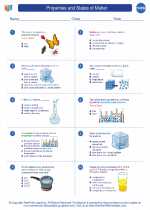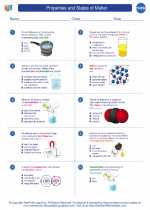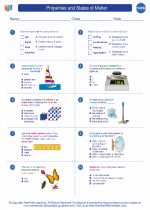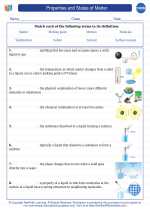Greases in Chemistry
Greases are semisolid lubricants composed of a base oil, a thickening agent, and various additives. They are used to reduce friction and wear between moving surfaces, and are commonly found in automotive, industrial, and household applications.
Composition of Greases
The base oil in greases can be mineral oil, synthetic oil, or a combination of both. The thickening agent is typically a metal soap, such as lithium, calcium, or aluminum soap. Additives are included to enhance the performance of the grease, such as oxidation inhibitors, corrosion inhibitors, and extreme pressure additives.
Properties of Greases
Greases have a higher viscosity than oils, allowing them to stay in place and provide long-lasting lubrication. They also have better adhesion to surfaces, making them suitable for applications where the lubricant needs to stay in place despite movement and pressure.
Applications of Greases
Greases are used in a wide range of applications including automotive chassis, wheel bearings, industrial machinery, and household appliances. They provide lubrication in situations where oils may not stay in place or provide sufficient protection.
Studying Greases in Chemistry
When studying greases in chemistry, it is important to understand the composition, properties, and applications of different types of greases. This includes learning about the base oils, thickening agents, and additives used, as well as the principles of lubrication and friction reduction.
Additionally, students should familiarize themselves with the testing methods used to evaluate the performance of greases, such as penetration tests, dropping point tests, and shear stability tests.
Understanding the chemistry of greases is essential for engineers, chemists, and technicians who work with lubricants in various industries.
[Greases] Related Worksheets and Study Guides:
.◂Chemistry Worksheets and Study Guides High School. Properties and States of Matter

 Worksheet/Answer key
Worksheet/Answer key
 Worksheet/Answer key
Worksheet/Answer key
 Worksheet/Answer key
Worksheet/Answer key
 Vocabulary/Answer key
Vocabulary/Answer key
 Vocabulary/Answer key
Vocabulary/Answer key
 Vocabulary/Answer key
Vocabulary/Answer key
